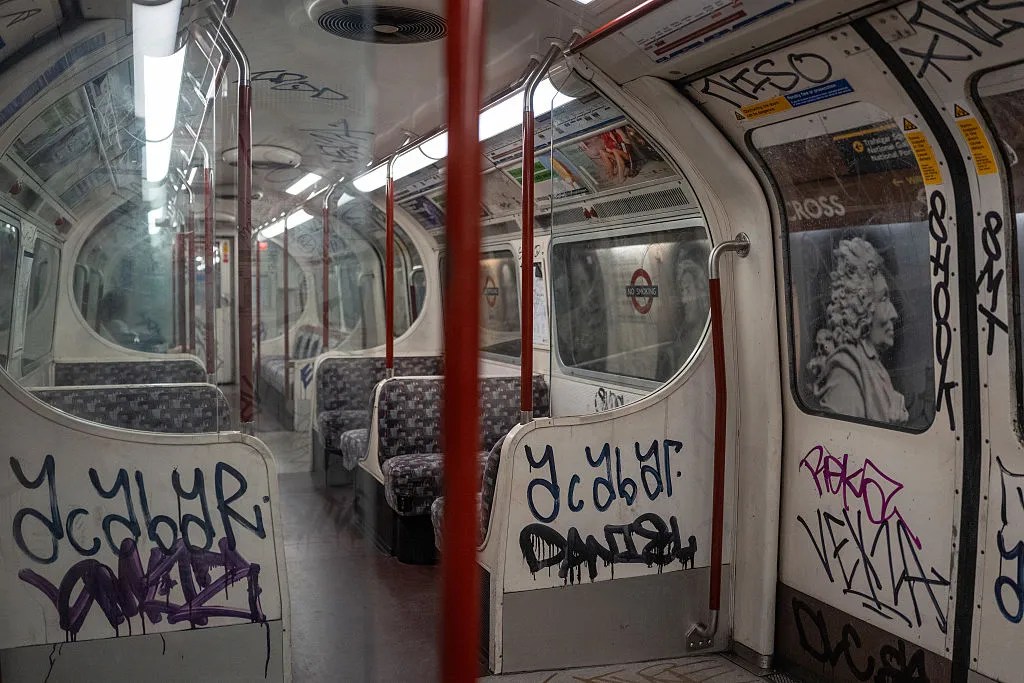
Guy Stagg has narrated this article for you to listen to.
When you picture Atlantis, what do you see? For most people, this mythic city is a classical arcadia sunk beneath the sea – fallen columns, shattered arches and perhaps even an aqueduct. But that is not the place described by Plato, the original source of the Atlantis myth. His version consists of an immense Atlantic island, many millennia older than the Egyptian and Babylonian empires. The popular image of Atlantis was created by Jules Verne in Twenty Thousand Leagues Under the Sea.
When that novel’s narrator, Professor Pierre Aronnax, joins Captain Nemo on his underwater exploration, they encounter a ruined city. He notices temples and even ‘the floating outline of a Parthenon’. Verne’s Greco-Roman scenery has influenced almost all subsequent depictions of the city, right up to Disney’s Atlantis: The Lost Empire. But as Damian Le Bas observes:
Instead of having the architectural style of a mysterious 11,000-year-old empire, Atlantis looks just like the places its creator, Plato, lived in… It seems to be accidentally admitting that is where the ‘lost city’ was really born.
Le Bas became interested in the myth of Atlantis as a child. He was drawn to the idea of an underwater kingdom which mixed fantastical mermen with futuristic sub-marines. This interest revived as an adult when he began scuba diving after the death of his father. The Drowned Places is an account of a search for the city beneath the waves, an exploration of the lure of sunken settlements and a memoir of overcoming grief.
The search is never very serious. Le Bas visits some of the classical candidates that might have inspired Plato’s story – Santorini, Helika, Pavlopetri – as well as other well-known underwater cities: Baia, near Naples, and the flooded streets of Port Royal in Jamaica. Far from posing as the heroic diver, he describes hours spent learning in muddy reservoirs and the murky waters off the English coast. We also learn about the unsavoury characters who have commandeered the Atlantis myth in the past: eccentric explorers and archaeologists, Spanish empire-builders and Nazi conspiracy theorists.
Le Bas is alert to the clichés of such a quest. Swimming in the Cyclades, he spots a submerged amphora, only to discover that it is a replica planted for gullible tourists. Nonetheless, he takes a childlike delight in the whole process of diving, from the ‘formidable armour’ worn to the miracle of breathing underwater: ‘To ferry air down below the surface, to smuggle a pocket of sky with you, is a Promethean undertaking.’
But his real fascination is with the creatures that populate these worlds: a blue sea slug, ‘gaudy as a Kabuki performer’; a blue lobster, ‘sheltering from the light as if from rain’; and ‘the rainbow of blue’ that is the skin of the Mediterranean chromis fish. Often he is distracted from a dive by some aquatic interaction and his most attentive writing is reserved for the living inhabitants of these lost places: ‘The ruins were the skeleton, and the colonising organisms were new flesh on the bones.’
Le Bas also writes well about grief, finding rich metaphors in each submarine landscape. Taking an illicit dip in London’s Shadwell Basin, he notes: ‘Time spreads like dye in cold water. Sorrows drown fast.’ Staring down at the bay of Naples from an airplane, he realises that ‘in our keenest moment of grief or love, salt water emerges from the secret sea inside ourselves’. In a final chapter he looks at how rising sea levels threaten to create future Atlantises, from Bangladesh to the Netherlands, and concludes that the sunken cities he has visited ‘are not just survivals of the past. They are predictions’.
In some ways the book resembles Helen MacDonald’s H is for Hawk, where the author’s goshawk training gave bursts of dramatic energy to the narrative. Similarly, whenever Le Bas drops beneath the surface of the sea, the pace increases and the tension mounts, as he struggles to breathe correctly or keep track of his companions. But here the material is less carefully managed. At times The Drowned Places reads like a compendium of underwater exploration, with brief chapters on the monoliths off the coast of Yonaguni in Japan, or the recently flooded towns in Turkey and China, which dilutes the meaning of the Atlantis myth.
In the end, finding the lost city matters less than the lessons Le Bas learns along the way, including the simple insight every explorer must reckon with: ‘Your life is the greatest treasure you can bring back from the deep.’







Comments